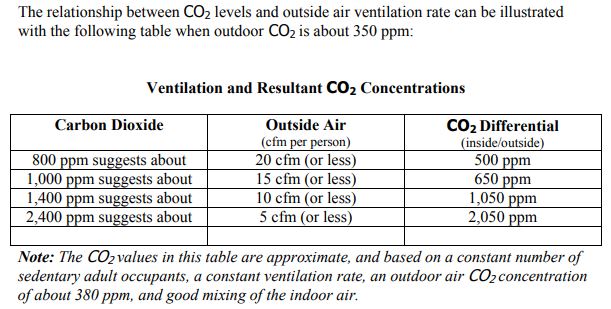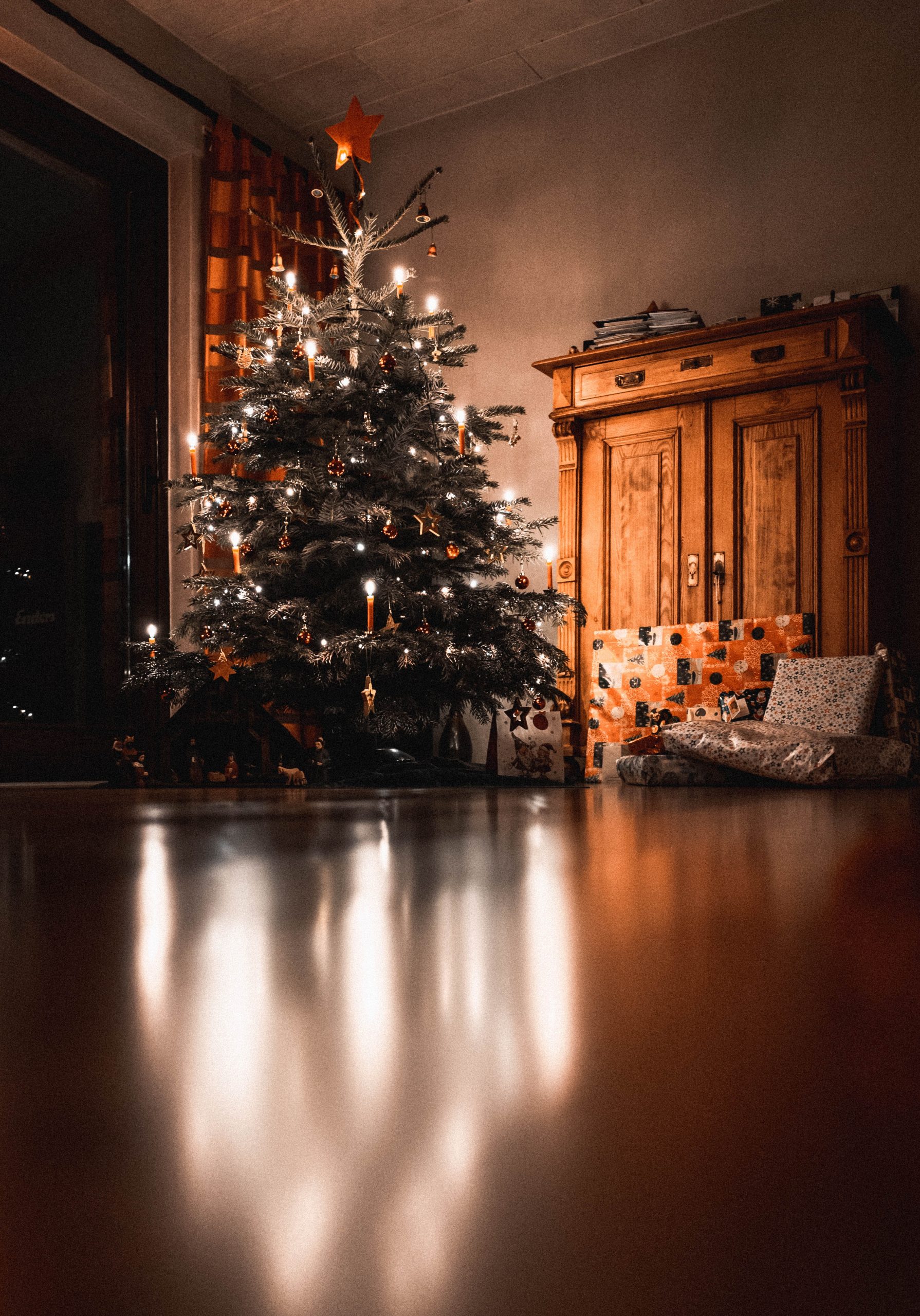Hosting Responsibly
Hosting Responsibly
‘Tis the season for gathering together for celebrations! More than a few years ago, “hosting responsibly” might be taken to mean monitoring alcohol consumption and driving. Now, it also means providing good air quality where participants don’t need to worry about breathing in germs. What a difference a few years (and a pandemic) makes!
In November 2022, in grocery stores, malls, airports and airplanes, masks and distancing are no longer mandatory. There are also no mandatory distinctions between vaccinated and unvaccinated people. I realize that although most places present as pre-pandemic, these norms can change at any time, and many people are still concerned about virus transmission and their health. This elephant has been dressed up well, but he’s not going away, so it’s best to acknowledge him!
Letting your guests know about your preparations means letting them know you care, and make them even more eager to attend! How can we get started? Here are some questions for the host:
Is your home or gathering place well-ventilated?
Here are a couple ways to tell:
- Do odors persist for hours if you don’t do anything to abate them? This might be a little tricky to answer, because it’s definitely a good idea to use your kitchen exhaust fan while cooking, but if you clean up the food bits, wake up and can still smell last night’s dinner, there is likely a problem.
- Is the carbon dioxide level in your home below 1000ppm? It’s really helpful (and surprising) to use a portable CO2 meter in your home and elsewhere. It let me know that my house (built 1982 with building paper as the air barrier) is quite leaky at about 520-550 ppm CO2, but on the other hand, my parents’ house (renovated 2020) seems to be quite tight and in need of more ventilation (1500ppm)! The American Society of Heating, Refrigerating and Air-Conditioning Engineers (ASHRAE), which is the dominant organization in establishing proper building ventilation rates in the US, is hesitant to use CO2 levels as an indication of proper ventilation in homes and businesses because of lack of research and a number of variables. However it does state in a white paper on indoor CO2 levels:
- Indoor CO2 concentrations do not provide an overall indication of IAQ, but they can be a useful tool in IAQ assessments if users understand the limitations in these applications.
- All else being equal, higher CO2 concentrations correspond to lower outdoor air ventilation rates and the potential for an increased risk of airborne transmission.
- Rather than using indoor CO2 concentration as an indicator of desired ventilation rates, several analyses of airborne infection risk have used CO2 as an indicator of the “rebreathed fraction” of indoor air (the fraction of inhaled air that was exhaled by someone else in the space). (Yuck!)
So, although ASHRAE did not set these values (contrary to misquotes), the generally accepted values are consistent with these:
Source: Washington State University Extension Energy Program
So, if you take a reading on your CO2 meter and find that the difference between the indoors and outdoors is less than 650 ppm (which is normally about 1000 ppm indoors), your ventilation is “acceptable”. Above that level, your guests will have complaints of fatigue, loss of focus and concentration, and an uncomfortable ‘stuffy’ feeling in the air, all of which indicates you are not getting enough fresh air. (Kaiterra.com) Keep in mind that with more guests, more ventilation is necessary to keep the CO2 level down! You can crack windows to add more ventilation.
Do you have active air purification? If so, let them know! Just as businesses are proud to advertise that they use HypoAir products to keep their clientele safe, don’t hesitate to let your guests know if you are using active air sanitation like the Whole Home Polar Ionizer, Air Angel or Germ Defenders. In addition, a fresh furnace filter in a higher MERV rating and/or use of a standalone HEPA filter also increase the air quality.
How about making your gathering indoor-outdoor? If you have a patio or yard, string lights and a firepit or chiminea make for a cozy, festive ambiance! In addition, the opening of doors when guests enter or exit adds fresh-air ventilation to your indoor space. If you decide to light a fire in the fireplace, cracking a window will help the fire burn better with less chance of backdrafting smoke into the room.
Have you thought about food and beverage service?
If we had a throw-away mentality before COVID-19, unfortunately the pandemic has only made it worse. Restaurants have embraced using disposable food trays, utensils and drinking glasses for sanitation, however I suspect it is now more for convenience. According to this 2020 study, the SARS-CoV-2 virus can remain viable on inert surfaces, with varying lengths of time depending on the surface: four hours on copper, 24 hours on cardboard, 48 hours on stainless steel and up to 72 hours on plastic. With this evidence showing that cardboard and plastic are not anti-viral, you don’t have to follow suit with everyone else regarding what you serve on. Instead of having a large trashbin in the center of the party (although some garbage is inevitable for sure), why not fill one side of the sink with soapy water, or leave a basin with soapy water, in which to submerge dishes? I’ve always enjoyed using real dishes over plastic or paper, so if your gathering is smaller than your collection of plates, it’s not taboo to use china and stainless steel. Marking drinking glasses with a marker or tag ensures that everyone keeps their own! You could even DIY inexpensive beverage glasses with your guests’ names as favors. If you decide to go with single serve drinks, cans or bottles are still best marked to avoid confusion.
What’s more important, though, is how you serve. It’s wise to designate 1 or 2 people as “servers” who can add helpings to individual plates in order to reduce handling of the serving utensils. If “seconds” are available, it’s best to use additional clean plates to avoid contamination. Wrap utensils in individual napkins pre-party so that no one has to dig through a bin to get their own.
Set containers of hand sanitizer throughout your space, and most importantly at the food and drink service area.
Have you made sure the bathroom is clean and inviting?
- Provide antibacterial soap and individual paper hand towels
- If you have a bathroom vent, consider installing a switch protector or sign so that it stays on throughout the party to keep the bathroom air fresh(er!)
- Instead of buying deodorizers that can add toxic chemicals and VOCs to the air, re-package some TotalClean in a pretty glass bottle and label “air freshener”--it really deodorizes well!
Will you have chemically sensitive guests?
Ask guests to notify you if they have chemical allergies, so you can keep it scent-free if necessary. If you've ever had a smell irritate your nose or even cause a headache, you have a inkling of what Multiple Chemical Sensitivity (MCS) sufferers go through.
- It’s hard to pass up candles and sprays in holiday scents, but try to do it for the sake of your friends!
- It’s also wise to use unscented, natural products like TotalClean to get a thorough clean on all surfaces without any scent.
- Ask other guests to abstain from using scented personal items like perfume and deodorants.
Photo by Isabella and Zsa Fischer on Unsplash



